The pace of developments in the Middle East is accelerating in an unprecedented way. Although these developments vary from one crisis to another, they ultimately lead to the same result: not only are we witnessing an intensification and intertwining of conflicts, but they have also imposed new and unfamiliar rules of engagement, in terms of both th
The pace of developments in the Middle East is accelerating in an unprecedented way. Although these developments vary from one crisis to another, they ultimately lead to the same result: not only are we witnessing an intensification and intertwining of conflicts, but they have also imposed new and unfamiliar rules of engagement, in terms of both the parties involved and the means they employ. This signifies that the region is no longer characterized by controlled conflict.
Over the past decades, the region has also experienced successive crises that posed challenges. Some of these were manageable in terms of their consequences, while others required the formation of military alliances that dissolved upon completion of their objectives. Some may argue that similar challenges have been a feature of other regions worldwide, which is largely true. However, why have these conflicts intensified in the Middle East to such a degree? The reasons are numerous, and listing them would exceed the scope of this article. However, they can be summarized in three points: First, the crises faced by many Arab countries, some of which escalated into fierce internal armed conflicts that rejected dialogue as a means of resolution. The result is that undermining the nation-state also means undermining regional security itself, as this security is the sum of these units, as Barry Buzan, a theorist in regional security, suggests. Second, regional and global competition in this area, while not new, has perhaps never been as intense, even during the Cold War era. This competition has influenced the trajectory of regional crises on the one hand and militarized this competition on the other, preventing the regional security system from evolving as hoped or, more precisely, regressing in favor of global security agendas. Third, the rise of non-state actors confronting states; while a few years ago these groups were considered part of the broader conflict landscape, they are now at its center and have become its driving force.
These are only examples of many factors, but certain key dynamics have fueled these conflicts. First, technology has become the essential foundation for both states and non-state actors, reducing the capacity of states to deter, regardless of their conventional weaponry. It has also prolonged conflicts due to the ease of acquiring and misusing this technology, and the absence of international mechanisms to hold its abusers accountable. Second, the strategic use of vital waterways in conflicts, which, though not new—both sides used it in the Iran-Iraq war in the 1980s by targeting oil tankers in the Arabian Gulf—has recently expanded to include non-state groups threatening these waterways. Third, an unprecedented intertwining of crises to the extent that it can be said that all fronts are now ignited.
e parties involved and the means they employ. This signifies that the region is no longer characterized by controlled conflict.
Over the past decades, the region has also experienced successive crises that posed challenges. Some of these were manageable in terms of their consequences, while others required the formation of military alliances that dissolved upon completion of their objectives. Some may argue that similar challenges have been a feature of other regions worldwide, which is largely true. However, why have these conflicts intensified in the Middle East to such a degree? The reasons are numerous, and listing them would exceed the scope of this article. However, they can be summarized in three points: First, the crises faced by many Arab countries, some of which escalated into fierce internal armed conflicts that rejected dialogue as a means of resolution. The result is that undermining the nation-state also means undermining regional security itself, as this security is the sum of these units, as Barry Buzan, a theorist in regional security, suggests. Second, regional and global competition in this area, while not new, has perhaps never been as intense, even during the Cold War era. This competition has influenced the trajectory of regional crises on the one hand and militarized this competition on the other, preventing the regional security system from evolving as hoped or, more precisely, regressing in favor of global security agendas. Third, the rise of non-state actors confronting states; while a few years ago these groups were considered part of the broader conflict landscape, they are now at its center and have become its driving force.
These are only examples of many factors, but certain key dynamics have fueled these conflicts. First, technology has become the essential foundation for both states and non-state actors, reducing the capacity of states to deter, regardless of their conventional weaponry. It has also prolonged conflicts due to the ease of acquiring and misusing this technology, and the absence of international mechanisms to hold its abusers accountable. Second, the strategic use of vital waterways in conflicts, which, though not new—both sides used it in the Iran-Iraq war in the 1980s by targeting oil tankers in the Arabian Gulf—has recently expanded to include non-state groups threatening these waterways. Third, an unprecedented intertwining of crises to the extent that it can be said that all fronts are now ignited.
Despite the recognition of the aforementioned points and the repeated warnings issued by representatives from various countries during the Security Council session held on Wednesday, July 31, 2024, the prospect of a full-scale war does not appear imminent. Entering such a war by regional states is unlikely for three reasons: First, war is a test of deterrent capabilities, and some parties continue to adopt a strategy of ‘deterrence by ambiguity,’ meaning that as long as the true capabilities of these parties are unknown, this itself serves as a form of deterrence. Second, despite the current state of regional instability, it may serve the interests of certain parties without them having to engage in direct conflict. Third, the major powers have issued warnings against regional parties entering such a war. In other words, these powers view the balance of power with a precise perspective, and if they perceive an imbalance that threatens their vital interests, military intervention will be inevitable.
While these factors are valid, they do not guarantee the prevention of a certain scenario, which places the United Nations before a historical responsibility. Although the use of the veto right will remain an obstacle to issuing resolutions aimed at ending such conflicts, similar to the unanimously adopted Resolution 598 in 1987, which ended the Iran-Iraq War, the United Nations remains the collective security umbrella accepted by all world nations. Secondly, regional security organizations bear the responsibility of mediating in these conflicts, which have crossed borders and posed an unprecedented challenge to national security. Thirdly, pivotal Arab countries play an important role amid the complexities of current regional security due to their ability to influence the parties involved.
An important question arises: What are the most urgent issues at present? In my view, there are three main tracks: First, declaring a clear and defined path for establishing a Palestinian state according to UN resolutions, as this would delegitimize many attempts to exploit this issue by various parties. Second, effective initiatives are needed, whether from regional security organizations or the UN, to end regional conflicts based on agreements among the parties involved to preserve the concept of a unified national state. Third, it is essential that world nations now, more than ever, reach a binding international framework that includes rules on the use of technologies that have significantly undermined national security.
The current map, parties, and rules of conflicts in the Middle East suggest two scenarios: either a continuation of the cycle of action and reaction between states and non-state actors or another form of escalation. In both cases, major powers and organizations with significant interests in the region, such as the EU and NATO, must recognize that modern technology and the intensifying international competition over the region will not produce clear winners or losers. Maritime security exemplifies this.
Years ago, the prevailing view was that regional security revolved around global security. However, current events in the Middle East not only blur the boundaries between these two levels but also firmly establish that regional security is shaping global security. Thus, the only way to defuse these crises is through collaborative initiatives and efforts by active powers to realign the course of regional conflicts.
Note: This article has been automatically translated.
Source: Akhbar Al Khaleej
Dr. Ashraf Keshk, Senior Research Fellow


